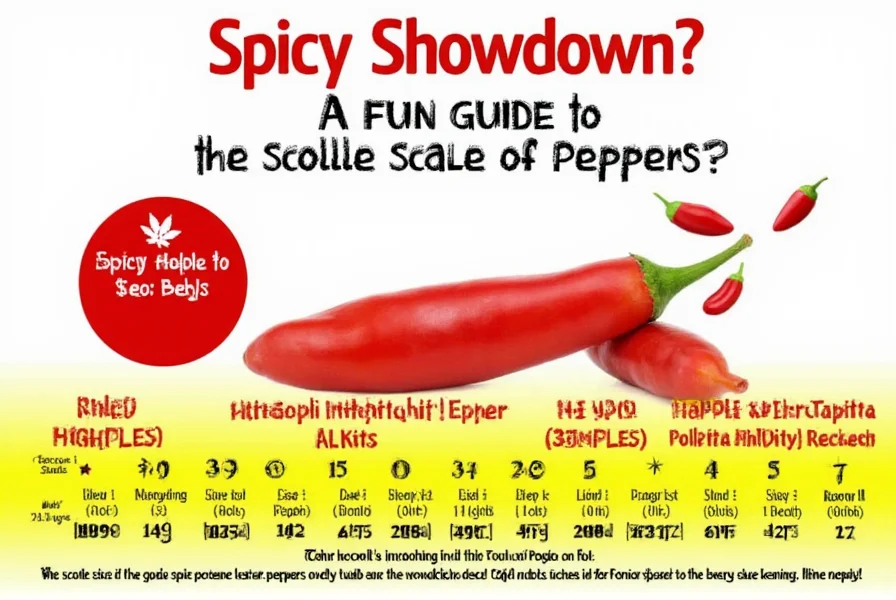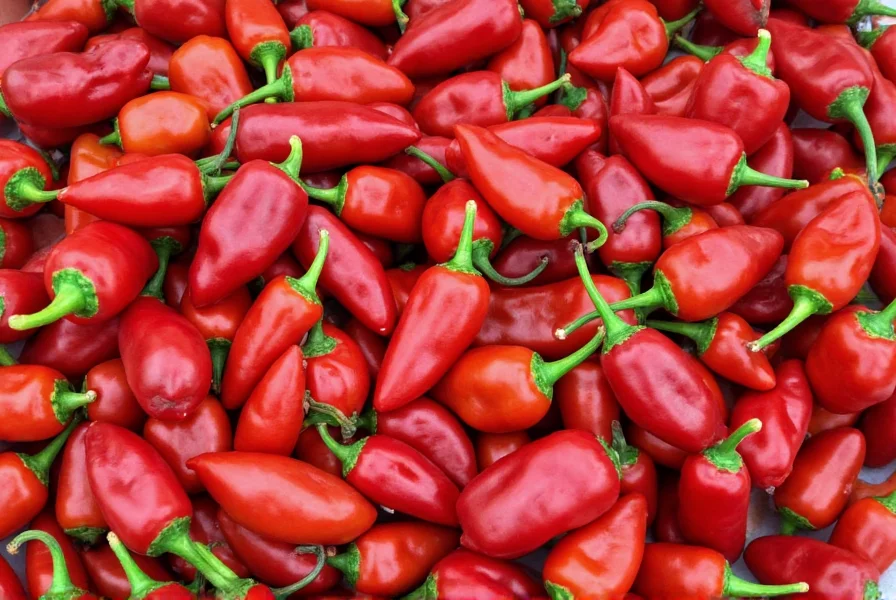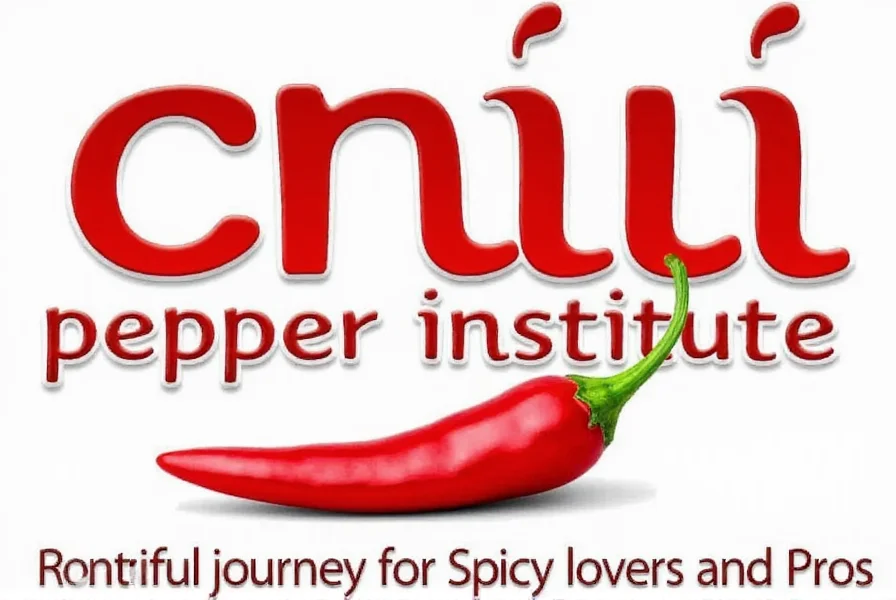Chili Pepper Institute: A Flavorful Journey for Spicy Lovers and Pros
Table of Contents
- Introduction to the Chile Pepper Institute
- Spice Basics: What You Need to Know
- Practical Tips for Spice Enthusiasts
- Buying Guide: How to Choose the Right Chili Peppers
- Conclusion
Introduction to the Chile Pepper Institute
The Chile Pepper Institute is a fascinating hub for anyone passionate about spicy foods. Located in New Mexico, it serves as a research center, educational institution, and community resource for chili pepper lovers around the world. The institute is dedicated to studying, preserving, and promoting the diverse world of chiles, from the mild poblano to the fiery ghost pepper.
If you're a spice enthusiast or a professional in the food industry, the Chile Pepper Institute offers a wealth of knowledge that can deepen your understanding of these incredible ingredients. Whether you're looking to expand your culinary skills or simply want to explore the heat levels of different peppers, this institute has something for everyone.
Spice Basics: What You Need to Know
Before diving into the specifics of the Chile Pepper Institute, let's take a quick look at some basic spice concepts that every enthusiast should know:
- Scoville Heat Units (SHU): This is the standard measurement used to determine how hot a chili pepper is. The higher the SHU, the spicier the pepper.
- Flavor Profile: Each chili pepper has its own unique flavor, ranging from sweet and smoky to citrusy and earthy.
- Cooking Applications: Some peppers are best used raw, while others are perfect for roasting, grilling, or simmering in sauces.
- Health Benefits: Chili peppers are rich in vitamins, antioxidants, and capsaicin, which has been linked to various health benefits like pain relief and metabolism boost.

Practical Tips for Spice Enthusiasts
Whether you're a seasoned chef or just starting out with spices, here are some practical tips to help you make the most of your chili pepper adventures:
- Start Small: If you're new to spicy foods, start with milder peppers like jalapeños or poblanos before moving on to hotter varieties.
- Know Your Limits: Everyone's tolerance for heat is different. Listen to your body and don't push yourself beyond what feels comfortable.
- Use Gloves: When handling hot peppers, always wear gloves to avoid irritation and burning your skin.
- Pair Wisely: Spicy foods go well with cool, creamy, or acidic ingredients. Try pairing chiles with yogurt, lime, or avocado to balance the heat.
- Store Properly: Fresh chiles should be stored in a cool, dry place or in the refrigerator. Dried chiles can be kept in an airtight container for long-term use.

Buying Guide: How to Choose the Right Chili Peppers
Choosing the right chili peppers can be overwhelming, especially with so many varieties available. Here's a buying guide to help you make informed decisions:
| Pepper Name | Heat Level (SHU) | Flavor Profile | Best Uses |
|---|---|---|---|
| Jalapeño | 2,500–8,000 | Mild, slightly sweet | Salads, salsas, stuffed peppers |
| Serrano | 10,000–23,000 | Sharp, peppery | Guacamole, salsa, pickling |
| Ghost Pepper | 850,000–1,041,450 | Extremely hot, fruity | Hot sauces, challenge recipes |
| Chipotle | 2,500–8,000 | Smoky, sweet | Stews, barbecue sauces, dips |
| Habanero | 100,000–350,000 | Earthy, citrusy | Hot sauces, desserts, salsas |
If you're looking for a reliable source of high-quality chili peppers, consider visiting the Chile Pepper Institute. They offer a wide range of peppers, both fresh and dried, and provide valuable information about their origins, uses, and heat levels. Whether you're a home cook or a professional chef, the institute is a great place to find inspiration and learn more about the world of chiles.
Conclusion
The Chile Pepper Institute is more than just a research center—it's a celebration of one of the most beloved and versatile ingredients in the world. From its extensive collection of chili peppers to its educational programs and community outreach, the institute plays a vital role in preserving and promoting the culture of spicy foods.
Whether you're a casual spice lover or a professional in the food industry, the Chile Pepper Institute offers something for everyone. By learning about the different types of chiles, their heat levels, and their culinary uses, you can elevate your cooking and deepen your appreciation for this incredible ingredient.
So next time you reach for a chili pepper, remember that there's a whole world behind it—thanks to the work of the Chile Pepper Institute. And who knows, maybe you'll discover your next favorite pepper along the way!












 浙公网安备
33010002000092号
浙公网安备
33010002000092号 浙B2-20120091-4
浙B2-20120091-4